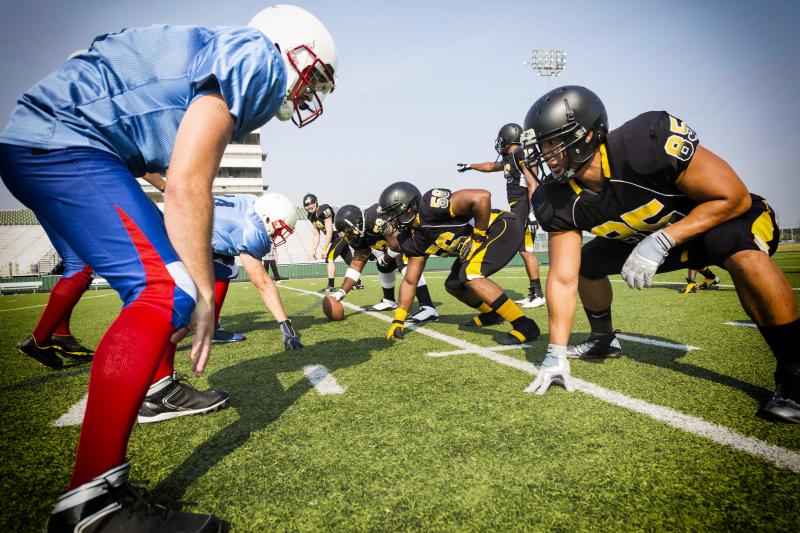
If you have a young athlete who is involved in sports, you’ve probably experienced some bumps and bruises along the way. But sometimes it can be difficult to determine when you should see a doctor.
If your athlete has the following symptoms, you should consider having his or her injury evaluated by a doctor:
- A high level of dysfunction
- Inability to bear weight on a limb
- Signs of a broken bone such as swelling, tenderness, bruising, restriction of movement and possible deformity
- Inability to bend a joint such as the knee or elbow
- Snapping or popping in a joint that is painful or catching or clicking in the knee
Soft tissue injuries like sprains and strains are often caused by repeated overuse or a sudden fall, jerk, or blow to the body and may produce sudden, sharp, and persistent pain followed by swelling. Recommended treatment includes RICE: rest, ice, compression and elevation; followed by exercises to relieve pain and restore mobility. If your athlete continues to complain of pain after three days of RICE treatment, you should consider seeing a doctor.
Our Friday Night Sports Injury Clinic will get your young athlete back in the game faster. The clinic is open from 9 to 11 p.m. every Friday night through Oct. 26, at the Orthopaedics clinic at the Lauritzen Outpatient Center, 4014 Leavenworth St. A primary care sports medicine provider and/or orthopaedic surgeon will be on site to evaluate your athlete’s injury.
Adolescents are more vulnerable to fractures of the growth plates, the area near the joints of the ankles, elbows, knees and wrists, which are the weakest parts of the bone. Take your athlete’s complaints seriously. Unhealed childhood sports injuries, especially to the growth centers, can result in chronic pain, arthritis, growth abnormalities and lifelong damage.
To help keep your athlete injury free, I recommend getting a preseason sports physical to review past injuries and eliminate congenital problems or heart conditions; ensure he or she is involved in conditioning and strengthening before beginning a sport; and practices proper warm up and stretching before and after games. Seek medical advice if an injury does not respond to RICE: rest, ice, compression and elevation.



